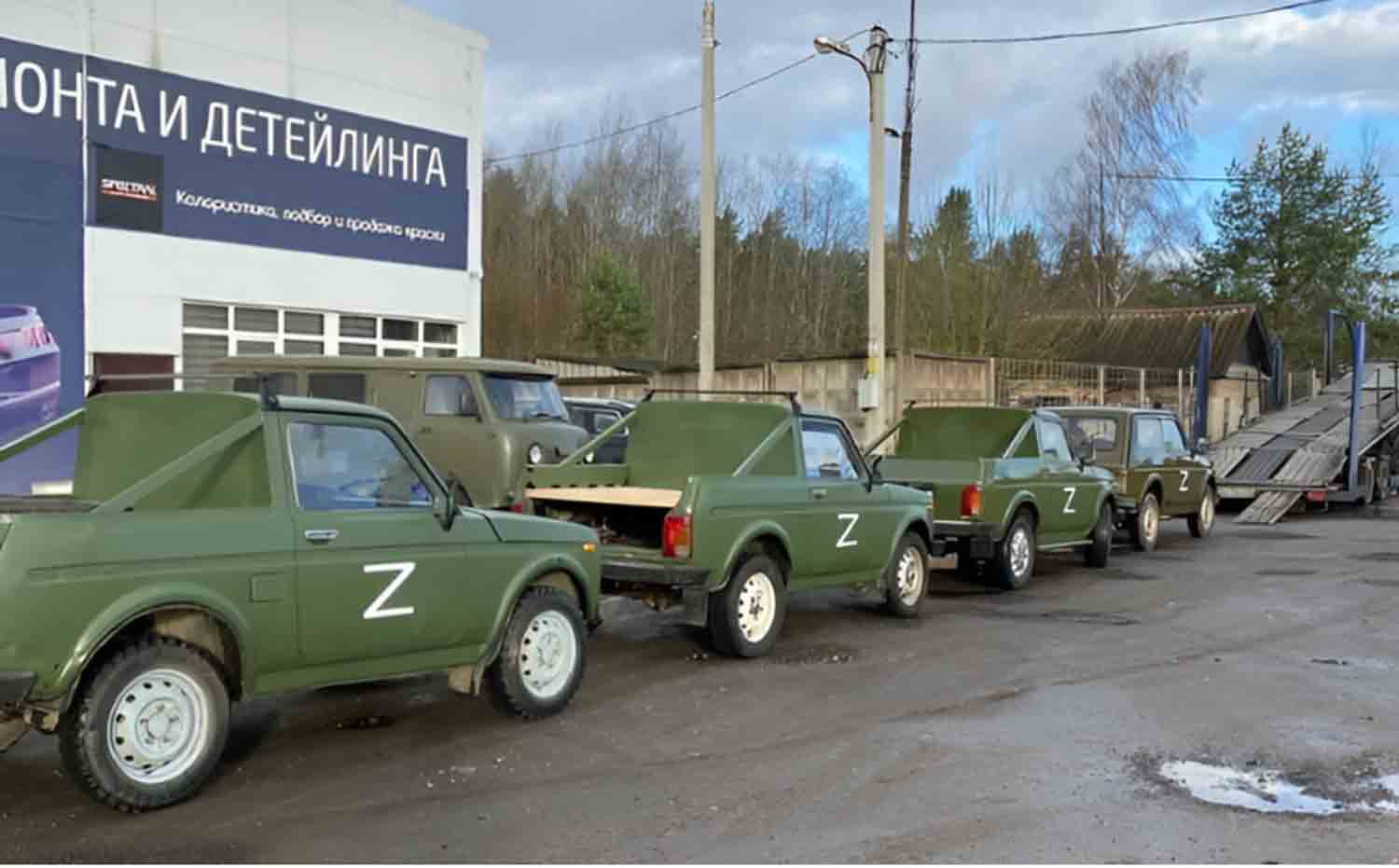Analysts monitoring the conflict in Ukraine indicate that Russian military units are increasingly utilizing lighter vehicles to enhance battlefield mobility, aiming to conserve their diminishing armored resources.
This change in strategy arises as Ukraine’s Armed Forces continue to deliver significant damage to Russian tanks and other armored vehicles, prompting modifications in Russian offensive tactics.
Since the onset of the full-scale invasion, Ukraine has reportedly destroyed or damaged around 100,000 units of Russian military equipment across land, air, and naval domains. Despite these substantial losses, Russian forces still maintain a considerable arsenal of weaponry, which plays a crucial role in the ongoing conflict.
Military analysts emphasize that modern Russia has not experienced such extensive losses in any previous military engagement.
As of January 31, Ukraine’s General Staff reports that Russian tank losses have reached 9,893 units, with an average daily loss ranging from three to ten tanks.
The open-source intelligence platform Oryx, which independently tracks military equipment losses, states that Russian forces have lost a total of 11,786 armored combat vehicles, including tanks, armored fighting vehicles (AFVs), infantry fighting vehicles (IFVs), armored personnel carriers (APCs), and mine-resistant ambush-protected vehicles (MRAPs). Among these, 8,903 have been confirmed destroyed, 368 damaged, 979 abandoned, and 1,536 captured by Ukrainian forces.
In light of the increasing losses, Russian forces are increasingly resorting to assaults utilizing civilian vehicles, which include everything from passenger cars to dune buggies and even golf carts.
As reported by the Ukrainian military news source ArmyInform, this change in strategy indicates Russia’s difficulties in sustaining its fleet of armored vehicles. The use of lighter transport alternatives, however, places Russian troops at heightened risk, especially in areas laden with mines, where small, unarmored vehicles offer minimal protection against explosive threats.
Historically, Russian troops relied on large-scale armored offensives—often characterized as reckless “banzai attacks”—to breach Ukrainian defenses. Yet, with Ukraine’s widespread deployment of first-person view (FPV) drones gaining dominance on the battlefield, Moscow’s approach seems to be shifting towards human-wave tactics that depend on unconventional transport methods. In certain instances, reports have even indicated that Russian forces are utilizing horses to navigate difficult terrains.
Discover more from Defence Talks | Defense News Hub, Military Updates, Security Insights
Subscribe to get the latest posts sent to your email.





